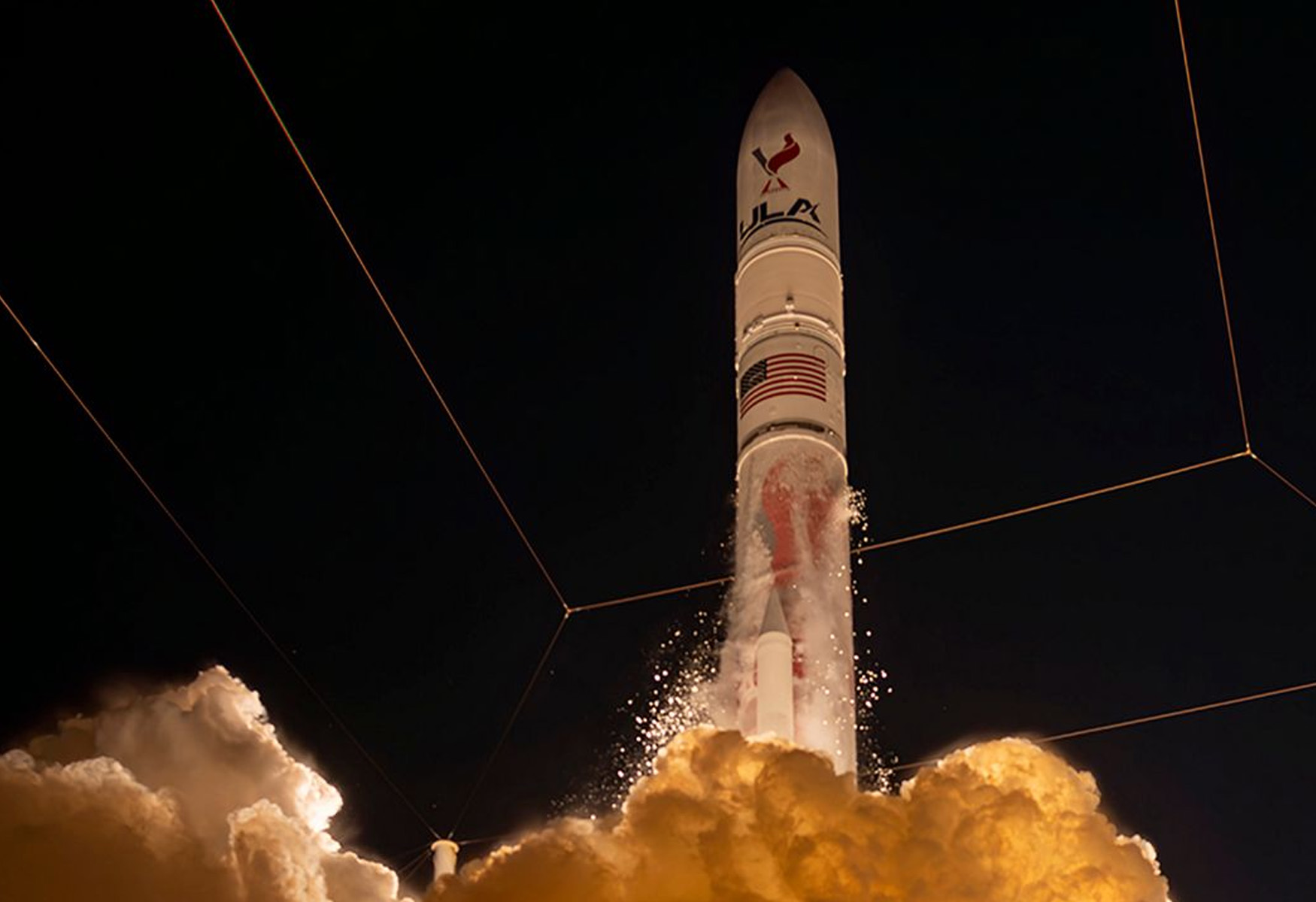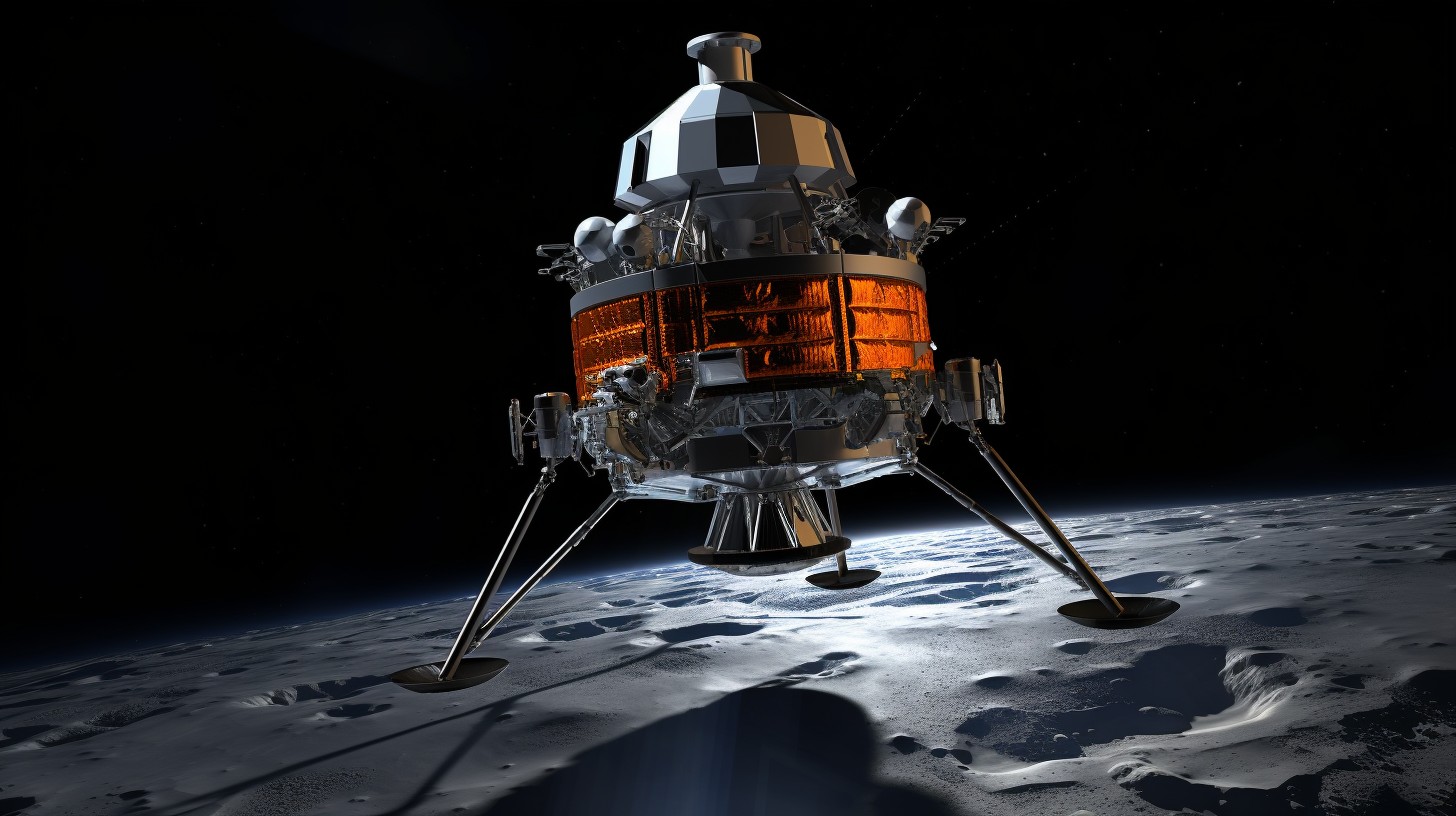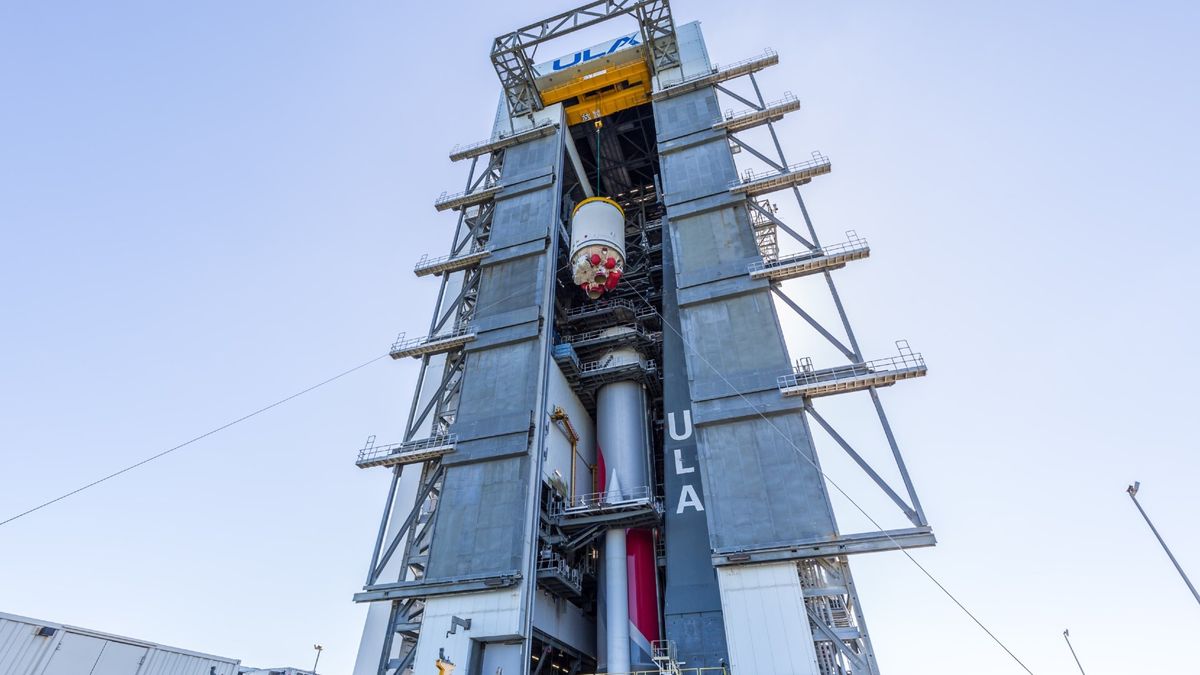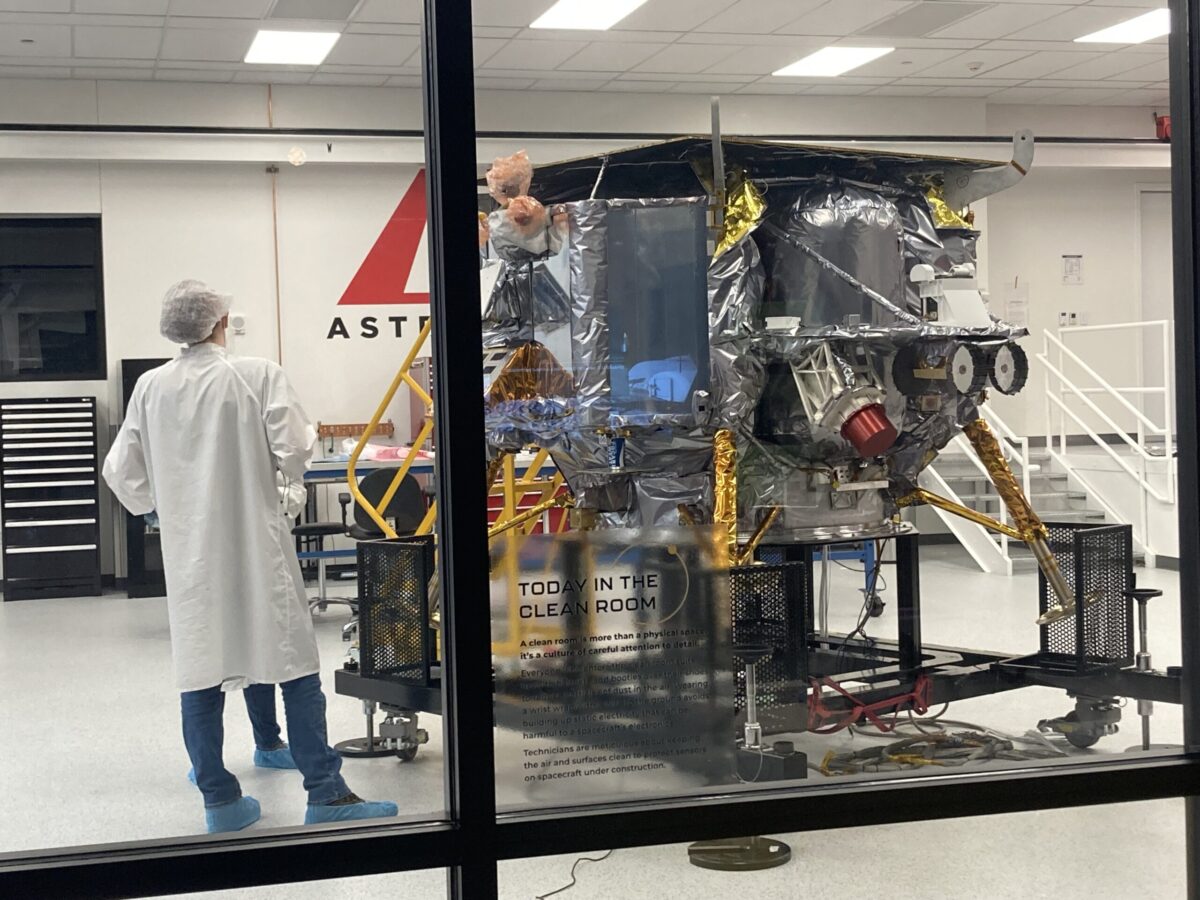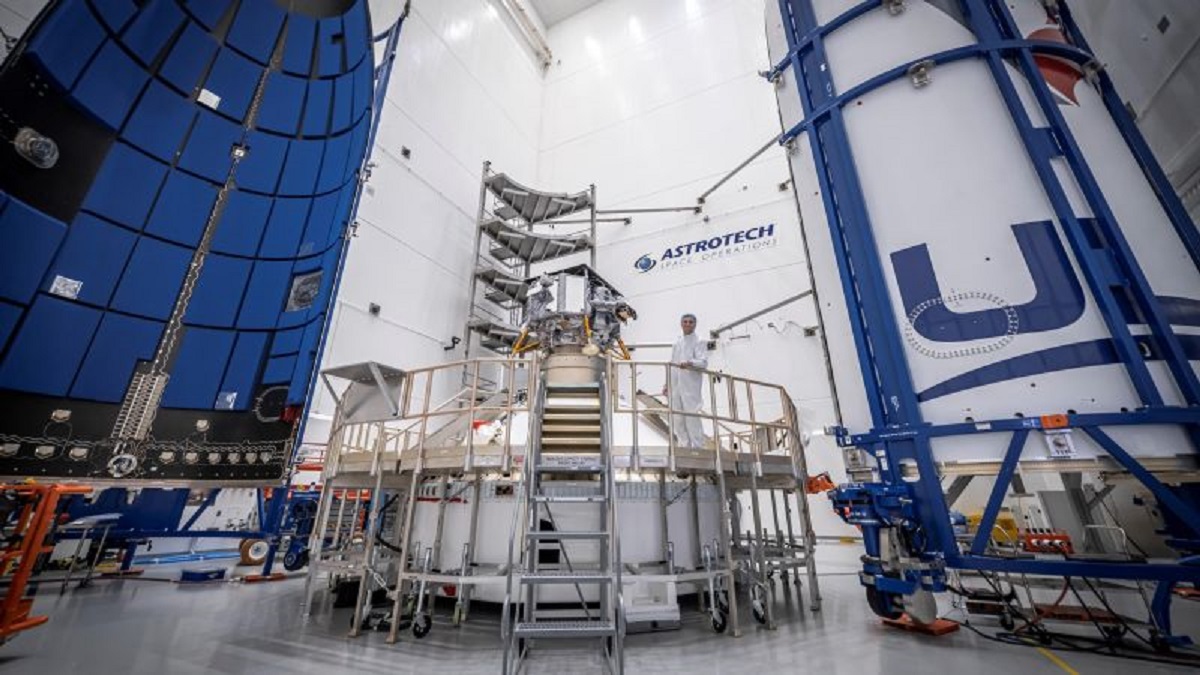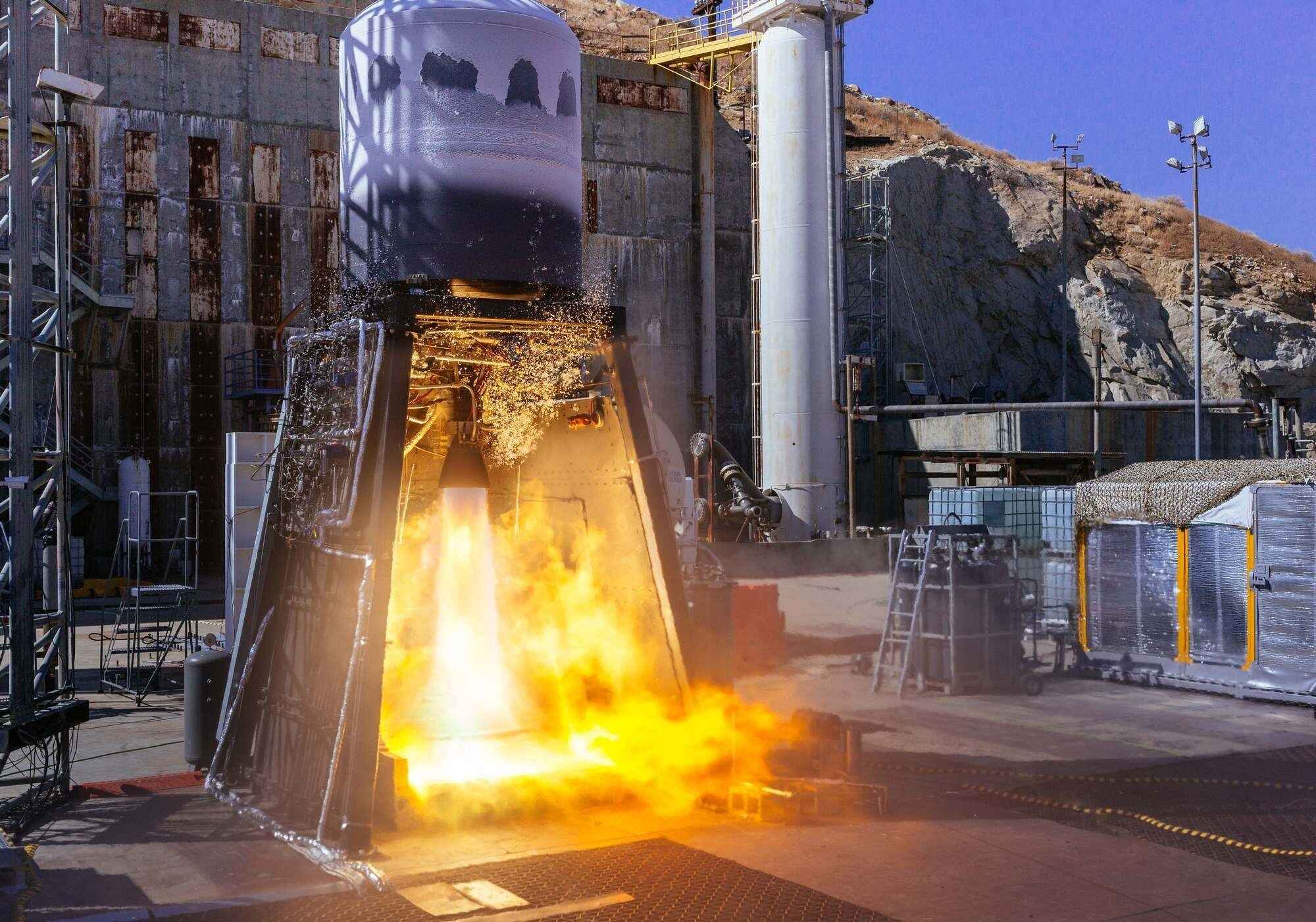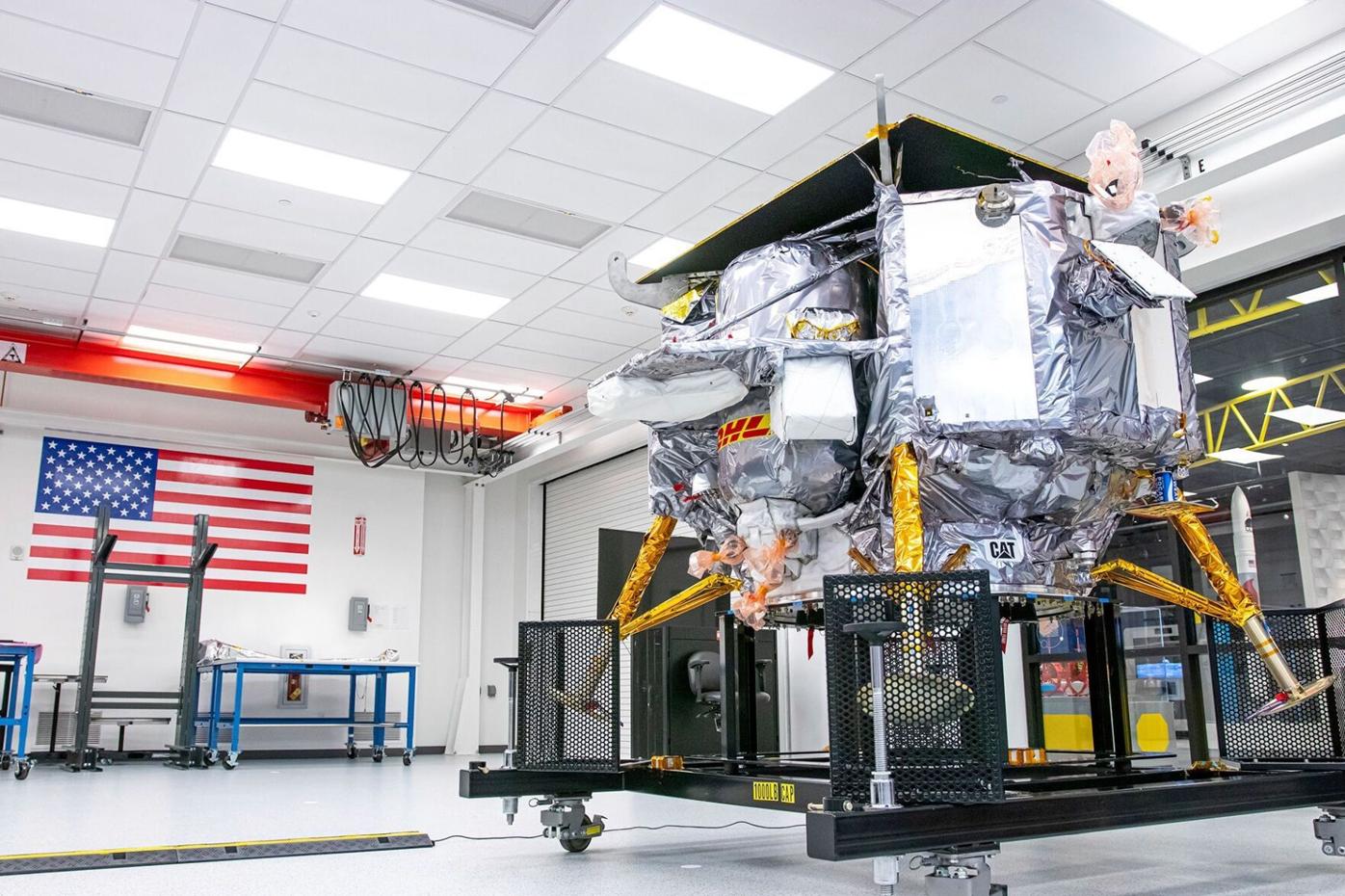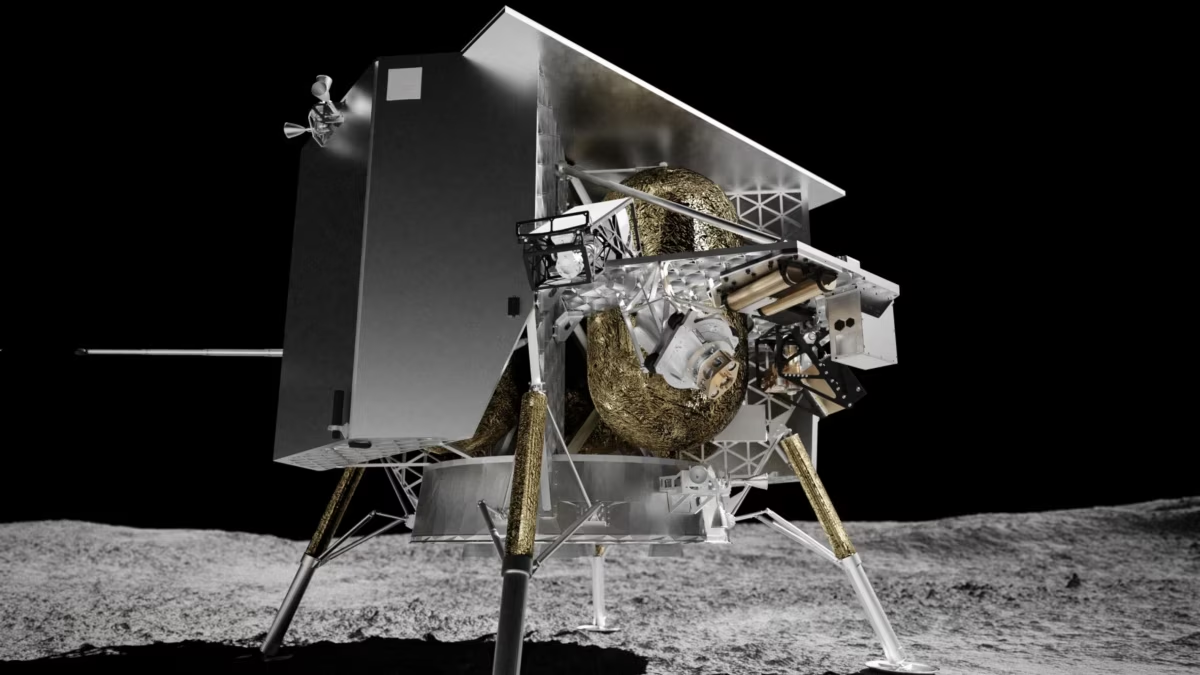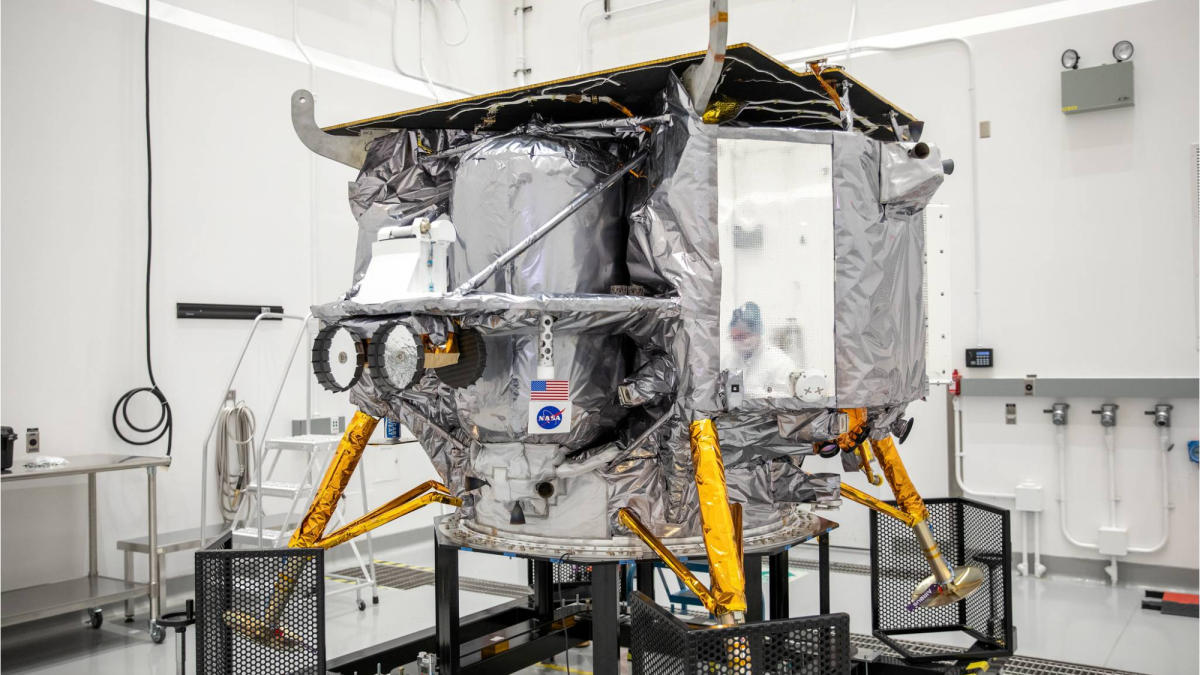United Launch Alliance’s (ULA) Vulcan Centaur rocket has achieved a significant milestone by successfully launching a lunar lander from Astrobotic to the moon. This historic event marks a crucial step in ULA’s future and the advancement of lunar exploration.
Key Takeaway
United Launch Alliance’s Vulcan Centaur rocket successfully launched Astrobotic’s Peregrine lander to the moon, marking a significant achievement for both companies and the future of lunar exploration.
The Successful Launch
The Vulcan Centaur rocket took off from Cape Canaveral Space Force Center at 2:18 AM EST Monday, marking the debut flight of this next-generation rocket. Powered by two methane-fueled BE-4 engines from Blue Origin, the rocket’s primary payload, Astrobotic’s Peregrine lander, is now en route to the moon.
Main-engine cut-off on the Centaur took place around T+15 minutes. The Centaur executed two more burns to set the Peregrine lander on the correct trajectory to the moon. The lander will undergo a one-and-a-half month journey to reach its destination, with plans to autonomously land near a region called Gruithuisen Domes on February 23.
Implications for ULA and Astrobotic
The successful launch holds immense significance for both ULA and Astrobotic. ULA’s Vulcan Centaur rocket is designed to replace the Atlas V and Delta IV Heavy, positioning it as a key player in the future of space exploration. With the ability to compete against other launch providers by offering a large payload fairing and an adjustable configuration, the rocket has already secured numerous missions, including deployments for Amazon’s Project Kuiper satellite broadband constellation and contracts with the U.S. Space Force.
For Astrobotic, the Peregrine lander’s journey marks a groundbreaking moment as the first lander to fly under NASA’s Commercial Lunar Payload Services (CLPS) program. This initiative aims to stimulate the development of lunar delivery services from commercial providers, and Astrobotic’s mission serves as a major proof-of-concept for NASA’s efforts to foster advanced space services from private industry.







